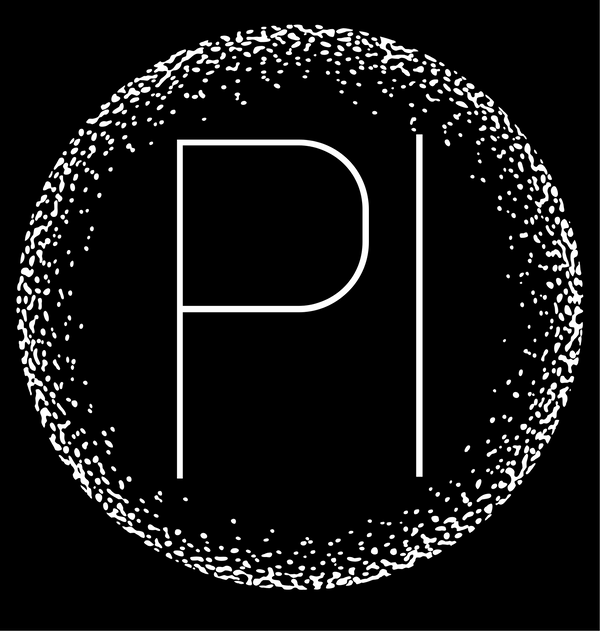We judge and are judged on what is observable or witnessed in an event or situation. The PI Collaborator Ecosystem is a method by which the focus is put on the thoughts and emotions that are not evident within a collaborator. The purpose is to develop the value of conscious learning through our collaboration projections and the ecosystem supports this.
As a framework, the collaborator ecosystem takes self-reflection and mindfulness as a given. Without them personal development cannot take place. Using a hierarchy of competences, the model determines the value and impact of particular behaviours. Leading is bringing all of these positive behaviours into action all the time. While initially challenging, this becomes much easier with practice. With a focus on progression, any actions that used to cause friction soon become old habits and the competences become new habits, performed automatically. Thought patterns are habitual as much as physical actions. As new neural pathways strengthen, the ones that are no longer used are trimmed by the brain. This process increases momentum further and speeds up the development and ultimately, the value creation process.
The first step as a new collaborator is becoming aware of new information, knowledge or facts. This is the skill of being curious. The origin of the word is cure. Without curiosity there is no cure or solution. When asked by a journalist how he remained motivated to draw the same characters again and again, street artist Keith Haring explained how every time was like the very first time. He never felt a repetition, his mind was on a new message and meaning, not the repeated lines from the brush. Become conscious of what is different and what is new in any given situation and then look at how that changes things. If you cannot understand the change then you haven't yet fully understood the dynamics. Reflect further or pause and return to ponder. Often, your subconscious mind will provide the insights later.
Having understood the immediate situation, consider the impact in other areas. The butterfly effect is a wonderful illustration of this. There's an impact somehow and somewhere, if you are curious enough to investigate. You will find it and it will be illuminating for you as you realise your learnings. Interestingly, you'll find you are already doing this but not consciously. Bringing it into your conscious mind enables you to become more purposeful in your application of your what you are learning. With that comes the ability to express your wisdom to others. This is the part that most people see in leaders, however, all too often what is expressed is not wisdom and not based on learnings.
The final step is applying your own wisdom in how you make decisions and act. This step is observable by others and creates your image which is authentic when you are aligned to your values. As you apply your wisdom, you change the situation and this starts the process again. In strategy theory, this is in congruence with the TOTE model (Test, Operate, Test, Exit). Your result becomes the input and the process starts again. Each time, you create a micro-change and improvement which means you are in a constant state of learning and development.
True leadership comes from mastering this entire flow of creating and applying wisdom which helps yourself and others. Using behavioural intelligence you can perform this process with precision and on purpose.
